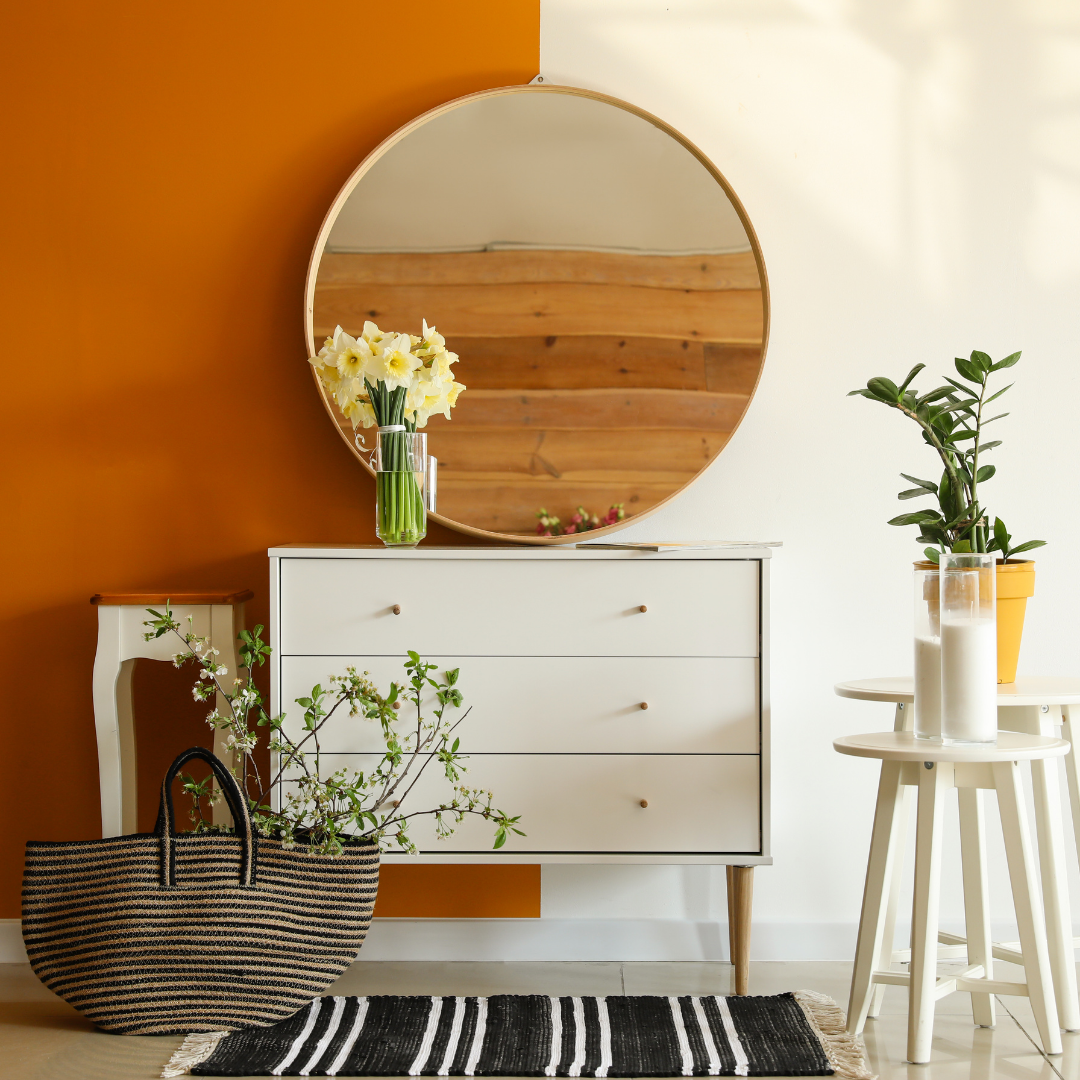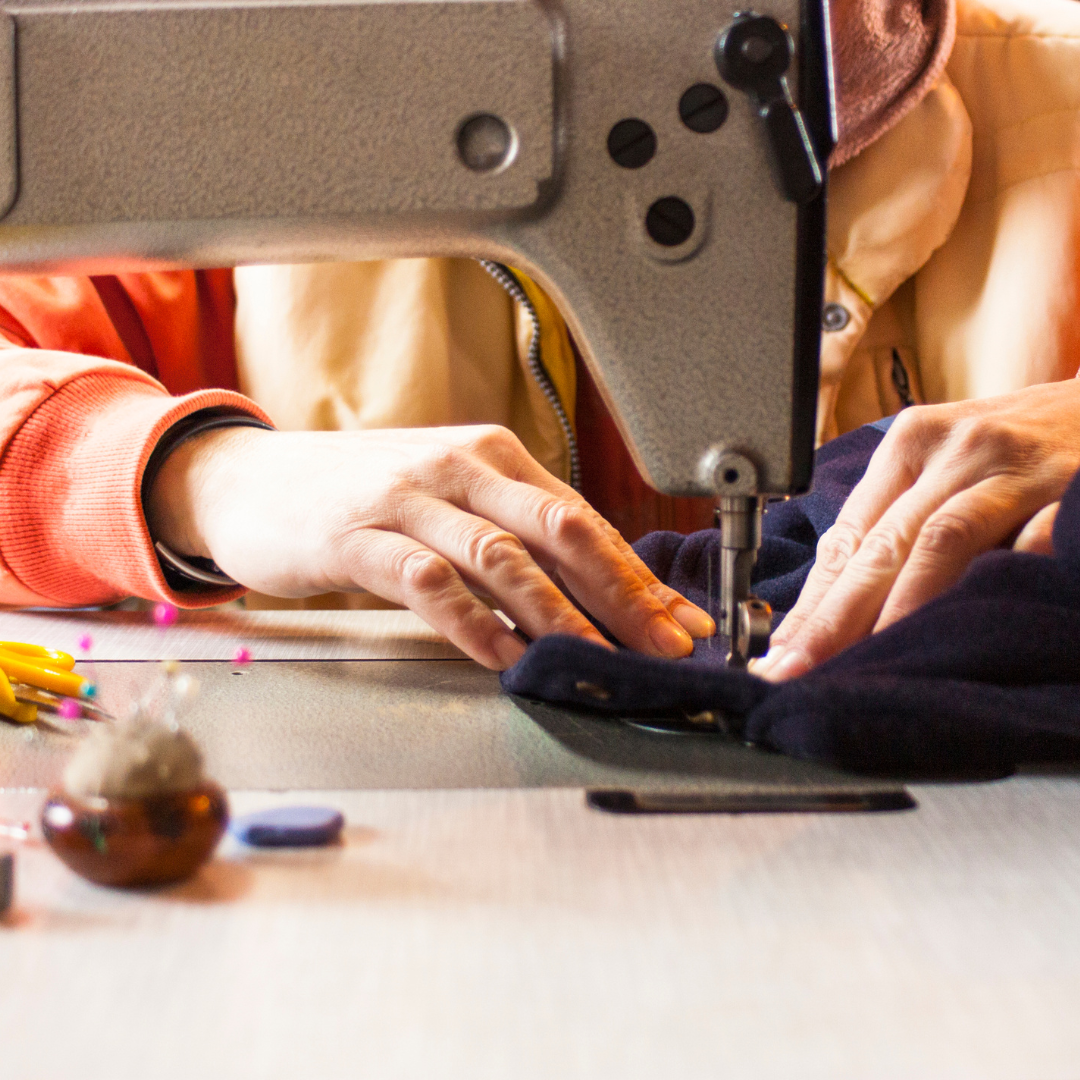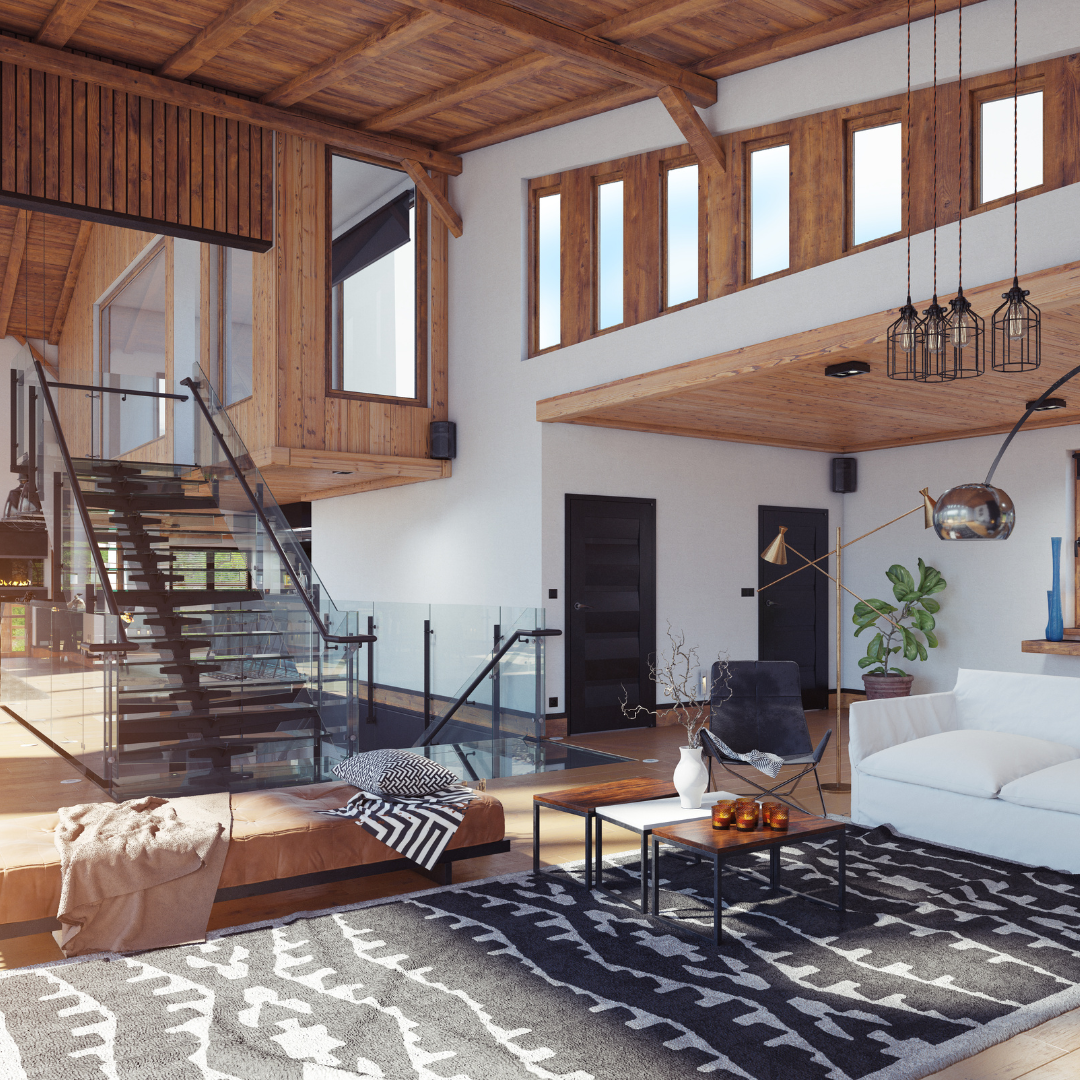Furniture is an integral part of our homes. It adds aesthetics, helps in heating and cooling, and provides a comfortable environment. However, few of us realize that it also affects our health.
Fast furniture is often made from cheap materials that are discarded quickly. This contributes to deforestation, climate change, and landfill waste.
Environmental Impact
Modern furniture is often made of synthetic materials that release harmful chemicals into the environment during production and disposal. These chemicals contribute to greenhouse gas emissions and air pollution, both harmful to the planet and our health. Moreover, these non-renewable materials take hundreds of years to break down in landfills.
Another environmental impact of furniture is that it may require using natural resources such as trees, minerals, and fossil fuels in its manufacturing process. This can cause deforestation, soil erosion, and a loss of biodiversity. Additionally, it is crucial to consider the environmental impacts of transportation. The shipping and transport of new furniture also contribute to greenhouse gas emissions.
Fortunately, many environmentally conscious companies are trying to reduce their carbon footprint and use unsustainable wood, toxic dyes, and VOC-emitting fabrics. Additionally, they are reducing the waste their factories produce and sourcing raw materials from local artisans.
One of the best ways to make an environmental impact is to purchase sustainable furniture that will last a long time, like from Castlery, preventing the need for replacements and reducing waste sent to landfills.
Health Impact
Furniture is built for functionality, but it also enhances the aesthetics of a space. The way that you arrange your furniture is essential and can have a direct impact on your health. For example, if you have too much clutter in your home, it can create a sense of suffocation and stress. The positioning of your furniture can also affect your movement around the house.
The most environmentally friendly way to buy furniture is to purchase used pieces. New furniture is often made with materials that emit VOCs (volatile organic compounds), which can cause illnesses in humans. Additionally, manufacturing new furniture contributes to deforestation, climate change, and landfill waste. Purchasing used furniture reduces emissions and supports local communities.
HIA is an evidence-based process to identify and assess a project or policy’s potential positive and negative health impacts. The study benefited from the input and advice of an expert panel, but the researchers at the Health Impact Project and Harder+Company had final authority and responsibility for the research design and findings.
Mood Impact
When choosing furniture for your home, selecting pieces that evoke positive emotions and create a welcoming atmosphere is essential. Bold art prints and textiles that excite you can boost your mood, while knick-knacks and decor items that remind you of adverse events or damaged relationships can hurt your mental health.
Another factor of furniture impact is its function and purpose in a space. Furniture that serves a particular role—like a desk for working or a couch for relaxing—creates a sense of order and productivity, which can help reduce stress and anxiety. Furniture with a specific style—like modern or traditional furniture with clean lines and simple designs—can also create a sense of calm.
Finally, the space’s furniture size and layout can structure how people move through the area. A large table can make a room crowded and uncomfortable, while too small furniture can feel awkward and uninviting.
Any time you finish a home improvement project—no matter how big or small—you probably experience a sense of relief and satisfaction. This feeling is mainly because your changes can significantly impact your comfort, happiness, and health.
Emotion Impact
The style and design of furniture often reflect the personality of the person who owns it. This is why specific techniques are considered trendy and others are considered outdated. Furniture that is a true reflection of the individual can help people feel confident and comfortable in their home, an essential factor in their emotional state.
Furniture can also influence mood by evoking positive or negative memories. Bold art prints, textiles with vibrant patterns and colors, and decor pieces that remind of happy times can help lift a person’s mood. At the same time, photos, knick-knacks, and other memorabilia associated with adverse events or damaging relationships can have the opposite effect.
Small changes can significantly impact your comfort, mood, and overall health. If you feel stuck and stagnant, rearranging and adding new furniture can provide a fresh perspective and bring positivity into your home. Before making changes, clear out your space and eliminate items that no longer bring joy – whether or not you follow Marie Kondo’s de-cluttering methods.
Additionally, the position of your furniture dictates how you move through a room. If you have to zigzag to get from one end of the room to the other, this can create a subconscious sense of unease, leading to stress and anxiety.












